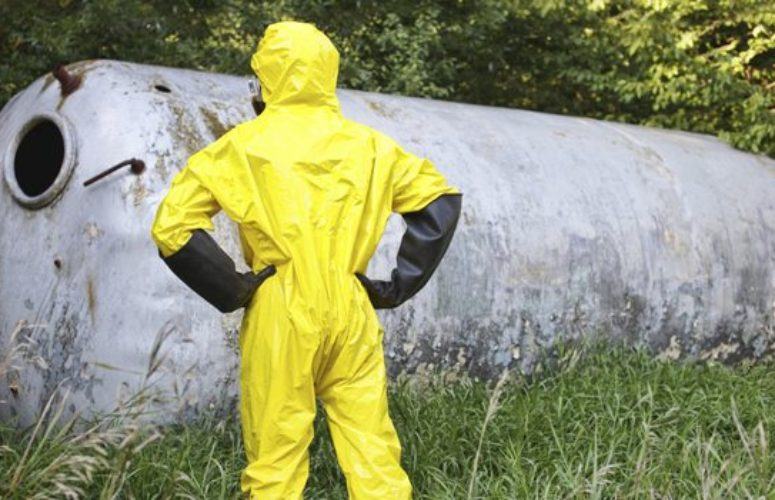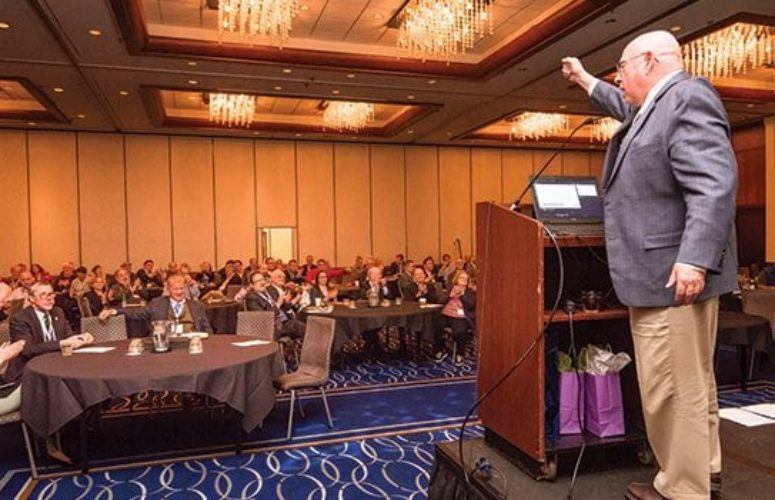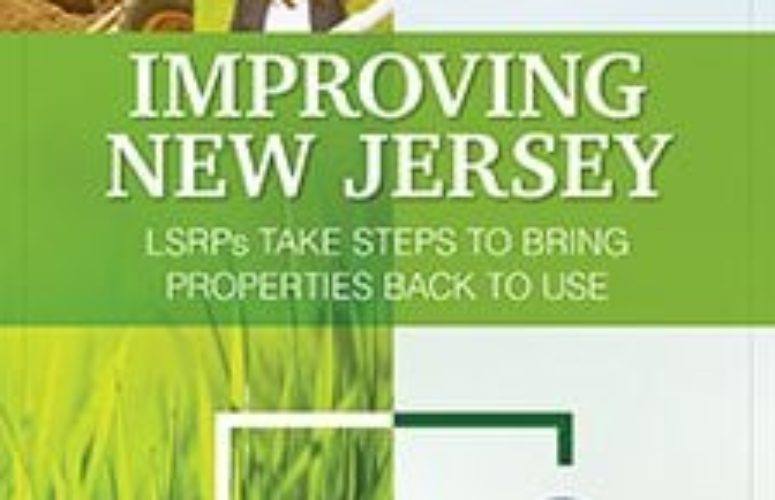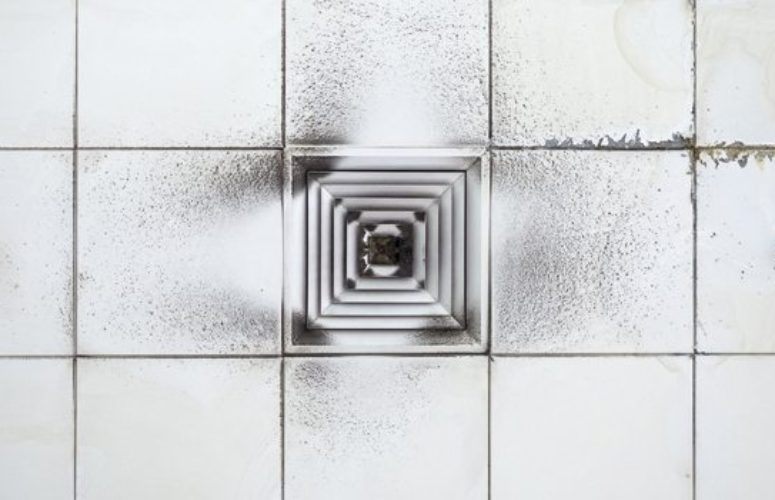
The Case for Client Advocacy
How LSRPs adhere to a code of conduct and act on behalf of client interests.
By John J. Oberer, LSRP, Associate Principal, GZA On Feb 26, 2015Does the New Jersey Site Remediation Reform Act (SRRA) deter Licensed Site Remediation Professionals (LSRPs) from advocating for their clients? Is a LSRP advocating for a client a conflict of interest? Is the LSRP an extension (or agent) of the NJDEP? Nowhere does the SRRA say that the LSRP’s obligation to protect public health and safety and the environment precludes the LSRP from practical problem solving. DEP management would likely say that the freedom to develop practical solutions is the major intent of SRRA.
Compare the LSRP Code of Conduct to that of other professionals: The first canon of engineering ethics states that “engineers shall hold paramount the safety, health and welfare of the public.” That sounds a lot like the first paragraph of the LSRP Code of Conduct: To hold public health and safety and the environment as the highest priority. It does not prevent the LSRP from acting in the client’s interest; numerous provisions of the Code of Conduct foster the LSRP-client relationship, including the requirement to keep client information confidential when requested.
Admittedly, some of the confusion over the LSRP role is due to certain reporting obligations of the LSRP that have been widely misinterpreted. Consider that the LSRP is obligated under SRRA to report a discharge only if it represents an imminent threat or unless that LSRP is “responsible” for the site. In essence, the LSRP’s discharge reporting obligations are actually more limited than those of the Responsible Party.
The SRRA provides for the use of professional judgment by the LSRP when remediating a site. Professional judgment is the most important tool in the LSRP tool box because it allows the LSRP to develop and implement practical solutions. While LSRPs are not able to conduct risk based cleanup actions at this time, there are numerous other tools available to the LSRP that did not exist just a few years ago, including presumptive remedies, compliance averaging, use of conceptual site models to assess pathways, and development of site specific remediation standards (which in itself is a step towards risk based cleanup).
In the end, competition will select against those professionals who are too conservative for the marketplace and the Site Remediation Professionals Licensing Board will select against those who are too lax in their judgment.
Related Articles:






